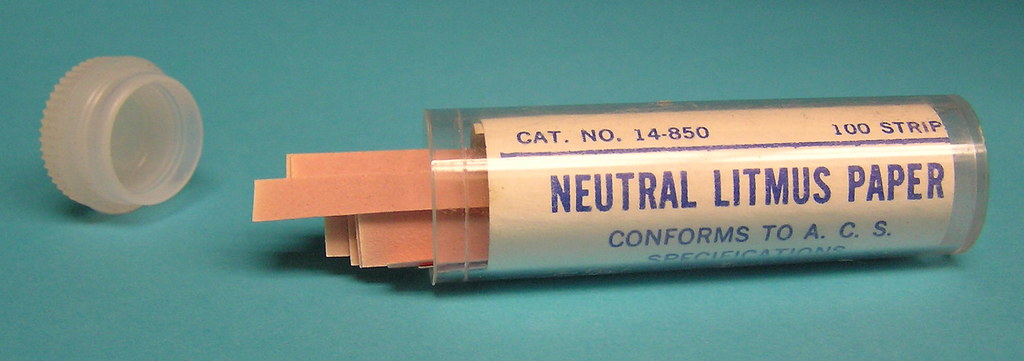Several weeks ago, when I was complaining about the first round Innovation Challenge results for 2007, I promised that I would get around to providing a few simple litmus tests for determining whether or not an idea is truly innovative. Eh, voilà!
These tests have been designed with three purposes in mind. First, these tests specifically aim to refine the line between the categories of conventional and innovative. Once an evaluator (whether in situ or post facto) has performed her first-order triage of proposals into probably conventional, probably innovative, and borderline, these tests should help her to shake a few proposals off of the fence before she proceeds to her in-depth review.
Second, these tests provide points of departure for a structured approach to evaluating the relative merits of one proposal vis-à-vis another. My catalog of traits certainly fails to exhaust the concept of innovativeness, but it at least offers a starting point for further thought and discussion. (Please let me know if you think of a trait I've missed.) If, for example, you're trying to decide which of two possible proposals should go forward, these tests should springboard the team into a focused dialog.
And third, these tests provide innovators with a set of spot checks which are so simple and so fast that they can be applied on the fly, as the innovation process unfolds. Because the tests are rational in their structure, they can help a team build a shared understanding of what a genuinely innovative proposal would look and feel like. But because the tests rely explicitly and entirely on subjective interpretation, they can tolerate extremely intuitive applications. These tests have designed to act as guides--not straitjackets.
Would the Innovation Challenge judges of C.E. 1301 have recognized Arnaldus de Villa Nova's litmus paper for the miracle innovation it is?
Each of the following tests is constructed as a proposition which purports to highlight a particular trait inherent to innovativeness. The evaluator considers the idea or proposal in question in light of the proposition and decides to what extent the proposition applies. A positive response to the (i.e., "yes," "good," "true," or the like) indicates that the idea or proposal in question is testing positive for innovativeness. Comments are enclosed in square brackets.
- Fresh. "Although I grasp the proposal in its broad outline, parts of it seem strange and/or unfamiliar." [You know you're getting close to a fresh opportunity when things stop feeling normal and familiar.]
- Simple. "The value proposition (for the customer) is so simple that not only do I understand it, I can easily explain it to others." [Implementation can be complex, but the value proposition must be simple, because people won't buy what they don't understand.]
- Bold. "The first thing I think when looking at the proposal is, 'Too challenging!' 'Too risky!' or maybe even 'Impossible!'" [Challenge is what brings out the best in people and organizations; risk is the harbinger of reward; and the impossible is only another name for the as-yet untried.]
- Trailblazing. "If someone were to implement the proposal, I know that competitors would immediately attempt to copy it." [Fear of being copied is, in practice, equivalent to fear of being the leader.]
- Obvious. "Now that I've read the proposal, the idea seems completely obvious." [Great innovations are obvious, but not cliché--that is, they're ideas which many people could have implemented, but which no one has yet implemented.]
- Clever. "I wish I had thought of that." [Whatever inversion, riposte, or twist of thinking makes the proposal hum should inspire admiration.]
- Feasible. "In a close-to-perfect world, the proposal ought to be feasible." [For early-stage innovation, the appropriate test is putative feasibility. The real-world feasibility of an idea is not truly tested until a competent team commits to trying to implement it. An overweening demand for "practicality" will kill any proposal which requires an unconventional implementation strategy.]

Are you so certain this is foolish? As it turns out, he didn't reinvent the wheel--he reinvented the road.
0 comments:
Post a Comment